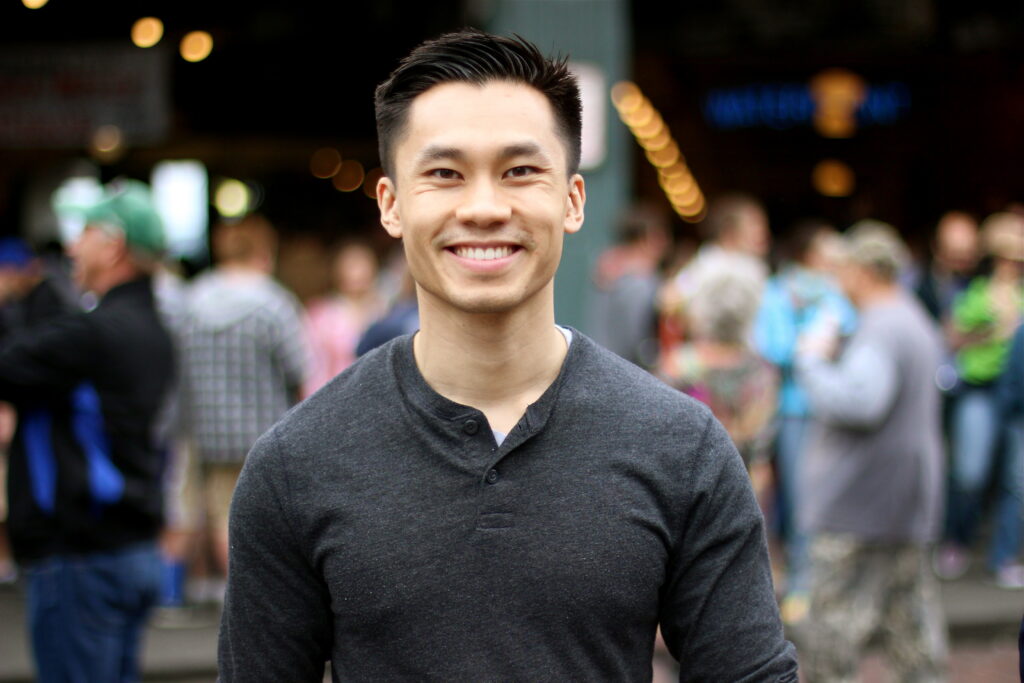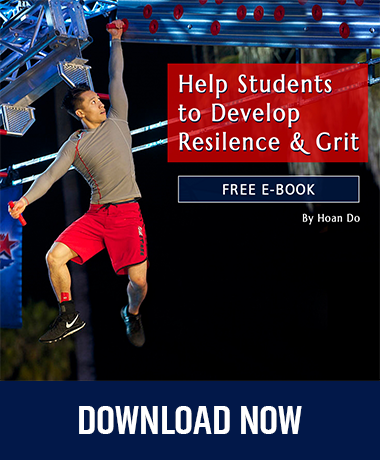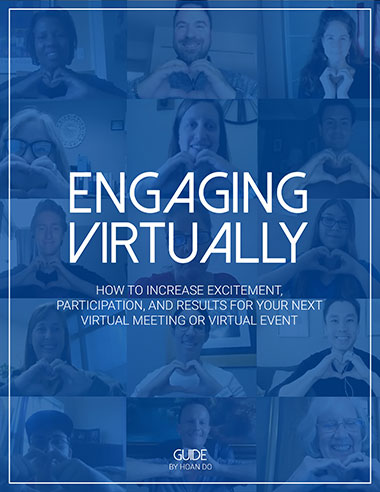Campus Labs hosted a webinar exploring the use of data to assess necessary changes in the future of education due to COVID-19. The goal of the webinar was to look at the need for a quick response to rapid transformations during uncertain times amidst a pandemic, and how to implement changes within management while strengthening institutions’ capabilities.
Dr. Kelli Rainey, Assistant Vice President, Campus Strategies, posed questions to the following panelists: Dr. Roslyn Clark Artis, president Benedict College Dr. Mike Bonnette, Senior Vice President for Advancement at University of Lynchburg VA Dr. Phyllis Worthy Dawkins, National Executive Director of Higher Education, Council Exchange Board of Change; Higher Education Consultant at EduProfs, Past President, Bennett College Dr. Jillian Kinzie, Associate Director, Indiana University; Center for Postsecondary Education and NSSE Institute; NILOA Senior Scholar
Dr. Rainey opened the discussion by talking about how the current pandemic is having significant shifts in the operations, goals, processes, and culture within higher educational institutions. How do institutions respond rapidly to the necessary changes, and do they have the ability and stamina to do so?
What should institutions do to prepare for the end of summer and beginning of fall?
Dr. Artis explained that under these circumstances, no one knows what to expect, there is a need to adapt quickly while planning for the fall. In looking at these assessments, institutions need to take into consideration various pieces of data, including: student performance, access to technology, relevance of textbooks, readiness of staff and faculty, and general human capacity. Then they need to assess the capacity of the technology and how well they served institutions this past spring in order to know how and what to adapt and change.
It will be important to look at how people are adjusting to the challenges they are facing.
Dr. Dawkins added that looking towards the fall semester, she recognized that 67% of 780 colleges tracked recently indicated they will open to face-to-face operations in fall. What does this mean regarding leadership? There is a strong need to show compassion, build trust, and focus on the well-being of employees and students. There will be a need to use CDC guidelines with state and local health officials to tailor to the specific needs of individual institutions regarding a new way of operating in the fall. Other critical factors during adapting to the current changes are: how to virtually support students during this shift, the need to designate a COVID-19 point of contact administrator, provide staff training during the pandemic, select an isolation facility on campus, travel restrictions, contact tracing, and the availability of PPE kits. There is also the need for institutions to engage in the needs and outcome assessments with faculty and staff, to be transparent and enhance communication.
Dr. Kinzie reflected that a key step in the need to change management is to make a case for change regardless of what model. By looking at what was learned from the spring semester institutions can focus on what to prioritize. In prioritizing it is important to recognize what campuses have done well with in the past then figure out how to continue doing those things moving forward. Also, there might be an increase in high school students and adults who have lost their jobs attending community colleges in the fall. What do these new incoming students need to perform well? Then create data tracking to monitor these statistics along with what is working and what needs to change.
How can institutions of various types navigate this challenging time of financial instability? Are there certain types of institutions that are more at risk?
Dr. Dawkins spoke to some of the institutions that are at risk, including, small private and independent colleges, HBCUs or tribal colleges, tuition-driven institutions, those that are low endowed, low cash reserve and with financial accreditation issues. There is a need for these institutions to make changes based on the current and future financial metrics. There is a need to redesign the financial operations to reflect the current need to reduce spending. Scenario and contingency planning will be crucial moving forward in the fall semester as well. Some considerations are how to incorporate technology to the learning space to accommodate needed changes. What does recruitment and enrollment look like in fall? How will they survey and connect with students and parents in a timely manner?
Are you seeing any particular efforts or key strategies to assist with the current and following years fiscal budgets?
Dr. Bonnette mentioned that the pandemic will likely impact fiscal budgets and spending for at least the next two years, that now is the time to find efficiencies within the operations and to consider a new way of looking at business. One strategic goal to focus on is to create philanthropy among students, for financial aid and student affairs to work with students. It is important to look at short term expenses to provide application to work across all areas. Now is the time to explore what changes need to be made and take note of the things that won’t change.
What data is most relevant for leaders during this time? What data points are critical?
Dr. Kinzie reflected that some change management strategies don’t emphasize results enough to inform their work. In this case institutions need to look at how they plan and how to be more proactive. She stated that to prepare, institutions need to rely on assessment data they’ve been collecting, from times before COVID-19 as well as during the pandemic, and consider what needs to be preserved moving forward. Assessment can be used to communicate internally and externally to the students, faculty, staff, and public. Dr. Kinzie cautioned that the pandemic will likely increase the already existent scrutiny on college value and expose inequities that are part of the education experience. Because of this there will be a need to focus on student performance, who is doing well and by what measures, and how to address and accommodate student needs and make sure they are successful moving into the fall semester.
As a president what data are you using?
Dr. Artis stated that the data is not enough right now. They rely heavily on historic trends, focusing on specific demographics; there are differences in student outcomes based on where they live regarding access to technology, community influences, etc., so there is a need to capture student aid resources data. Regarding learning outcomes they need to look at the teaching loads, majors chosen, courses, who performed better and in whose class as part of the data assessment. Knowing the needs of students will help with interventions such as looking at how many students access the counseling center, reports received on time management, displacement, anxiety, what tutoring options will be available during these times, and all that inhibits students. Also, how to engage students in counseling and psych services remotely will be important to consider. Other things to consider: how to assess student participation in virtual activities, how they prefer to communicate, how to measure engagement retention, and look at what worked in the spring semester and what did not work. What will staffing look like and how to show appreciation to staff and faculty? Where to invest and where to make cuts and downsize to accommodate upcoming changes.
What data are you relying on as relates to donor alumni expectations?
Dr. Bennett mentioned that it is hard to look at short-term data with no broad view. There is a need to go back to keeping individuals in a cycle of engagement to understand where people are, how institutions are connecting and engaging with students and what virtual engagement will look like.
What are ways that institutions measure student learning and student engagement?
Dr. Kinzie stated that COVID-19 doesn’t change what and why they measure but it does influence choices and encourages institutions to look at what new information is needed. There is an increased need to figure out what information to measure and assess vital data when looking at faculty, student affairs, and student leaders. She stressed that the pandemic should reinforce the need to collect real time data regarding increased use of technology and making sure the student life organization system works effectively. Institutions also need to focus on students’ senses of well being and belonging and how to measure then act on that. They need to document student stories during changing circumstances and show what changes are happening in learning.
How do we proceed forward with strategic planning? What changes are necessary?
Dr. Kinzie said it is important to stick to the plan, “the strategic plans of our institutions are driven by our mission. Our missions have not changed, our priorities have not changed, our methods will have to.” It is important to prioritize initiatives, we “can’t afford short-term solutions at the expense of long-term strategies. Plans are in place for a purpose”. She cautions not to abandon plans, just make modifications to accommodate the current climate.
How should institutions engage stakeholders during this time?
Dr. Bonnette said that the most important piece is figuring out who the stakeholders are and those are the ones who are interested in what is going on and affected by the changes; engage them first. Institutions need to give stakeholders a chance to step into the decision making process. Administration is needed for governance and adapting to change and giving opportunity for change to emerge.
Dr. Dawkins ended the conversation adding that all institutional stakeholders are important. Institutions need to include and engage board members during this pandemic as they become one of the top stakeholders. They have financial responsibilities to ensure that institutions remain stable. There is the need to support the current leadership, the president, administration, and faculty. Institutions need a survey to find out how the pandemic has impacted staff and faculty personally and professionally, and staff need training to make shifts for fall. There is also the need to look at changes in the academic programs, to market new ones, cut, add, and re-design programs.




